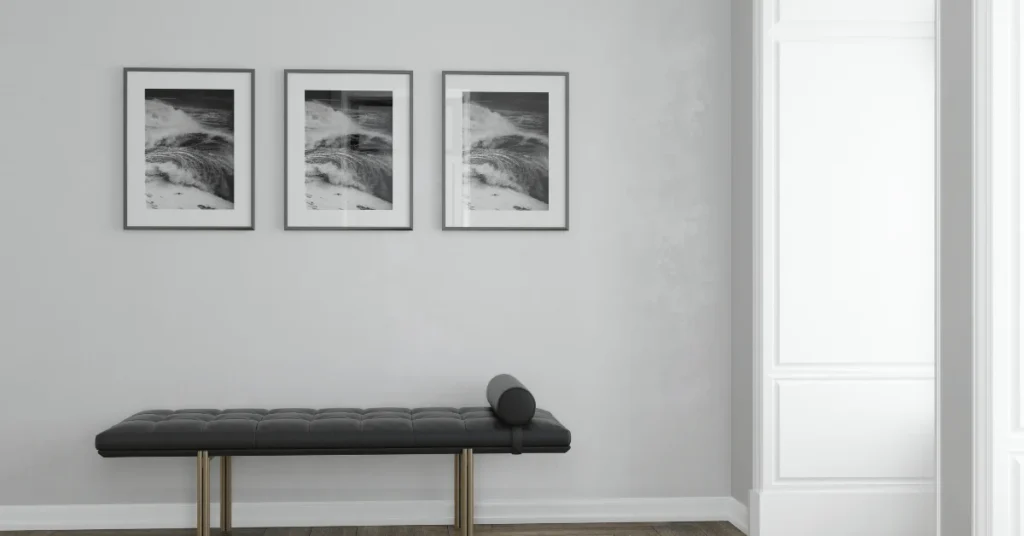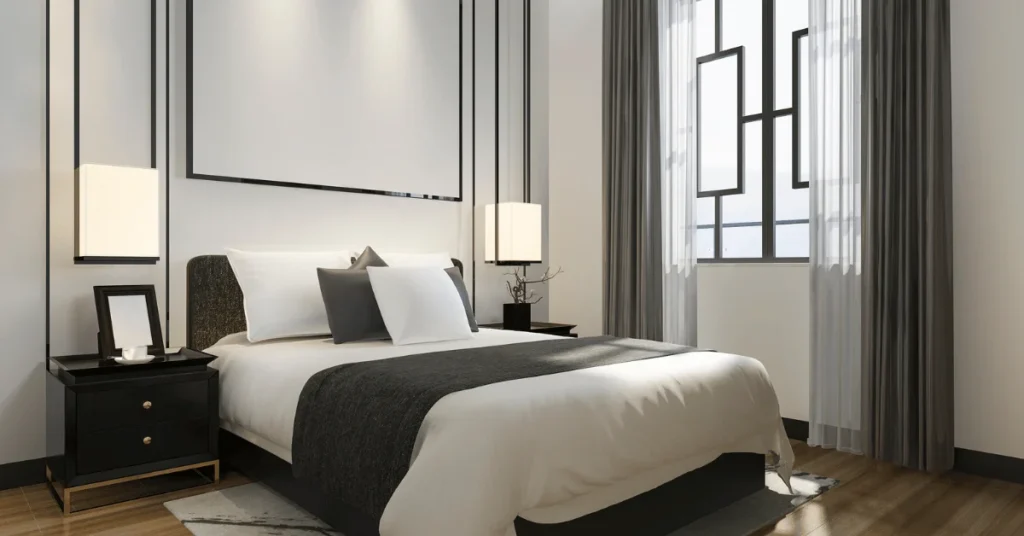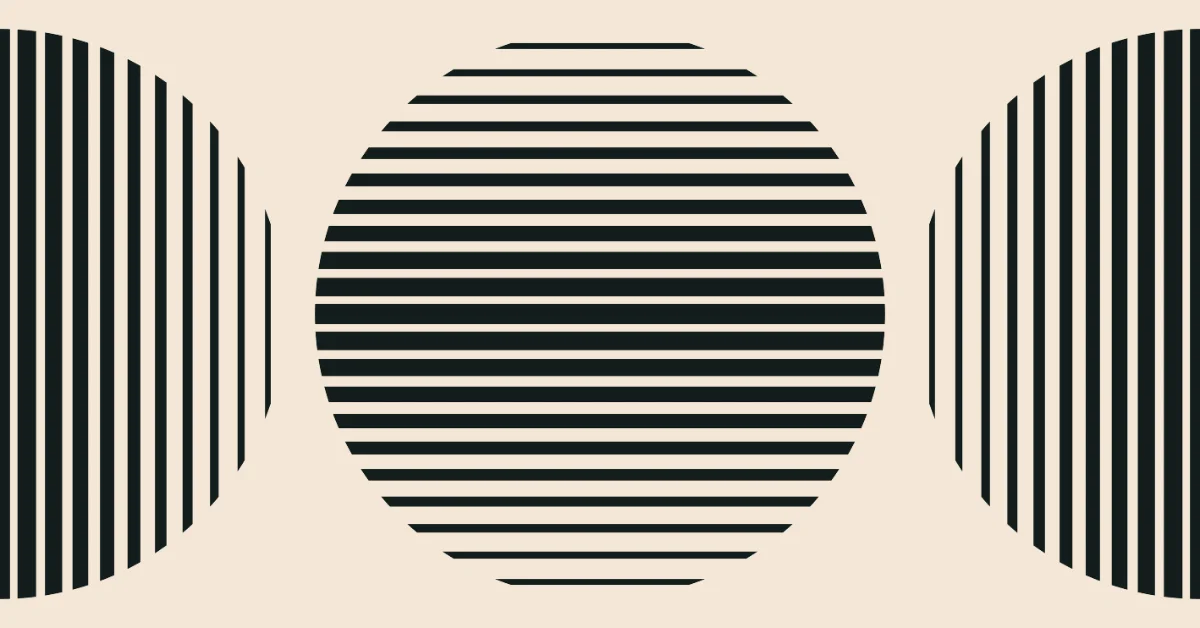Minimalist art is a form of design that has been around for over 60 years, finding its popularity in architecture, art, and interior design.
It is a style that emphasizes simplicity and the use of minimal elements. Aesthetic minimalist art is a subcategory of minimalist art that focuses on creating an emotional response in the viewer by using minimal elements and a sense of calm.
The minimalist aesthetic is all about creating a sense of peace and tranquility through the use of simple and clean designs. It is a style that has been embraced by many artists and designers around the world, and it continues to be popular today. The minimalist aesthetic is all about stripping away unnecessary elements and focusing on the essence of the design. It is a style that is both timeless and contemporary, and it can be applied to a wide range of mediums.
Key Takeaways
- Aesthetic minimalist art is a subcategory of minimalist art that emphasizes simplicity and the use of minimal elements to create an emotional response in the viewer.
- The minimalist aesthetic is all about creating a sense of peace and tranquility through the use of simple and clean designs.
- The minimalist aesthetic is a timeless and contemporary style that can be applied to a wide range of mediums.
History and Evolution of Aesthetic Minimalist Art
Minimalist art is a visual art and design movement that emerged in the early 1960s in New York. It focuses on the primary elements of an artwork, leaving out any unnecessary elements. Minimalism started as a reaction against the emotionalism and expressiveness of Abstract Expressionism.
Origins of Minimalism
Minimalism emerged as a movement in the 1960s, and it was characterized by its simplicity, geometric shapes, and primary colors. The movement was influenced by the work of artists such as Frank Stella, who created paintings with simple geometric forms and bright colors.
Key Figures and Artists
Donald Judd and Richard Serra were two of the most important figures in the development of Minimalism. Judd’s work focused on the relationship between the viewer and the artwork, while Serra’s sculptures explored the relationship between the artwork and the environment. Other important Minimalist artists include Agnes Martin, who created abstract paintings with subtle lines and delicate colors, and Dan Flavin, who used fluorescent lights to create immersive installations.
Minimalism in the Contemporary Context
Minimalism has continued to influence contemporary artists, and its influence can be seen in the work of artists such as Olafur Eliasson and James Turrell. Eliasson’s installations often use light and mirrors to create immersive experiences, while Turrell’s work explores the perception of light and space.
Principles of Minimalist Aesthetic

This design style is all about simplicity, clarity, and functionality. In this section, we will explore the key principles of minimalist aesthetic and how they are achieved in different forms of art and design.
Less Is More Philosophy
The minimalist aesthetic is based on the idea that less is more. The design is stripped down to its essential elements, and anything that is not necessary is removed. This approach creates a sense of clarity and simplicity in the design, making it easy to understand and appreciate.
Exploring Minimalist Color Schemes
Minimalist color schemes are typically neutral palettes that use minimal colors. This approach creates a sense of purity and cleanliness in the design. The use of color in minimalist design is intentional and purposeful, with each color chosen for its ability to enhance the overall aesthetic.
Influence of Geometric Shapes
Geometric shapes are a key element of minimalist design. They are used to create clean lines and simple forms that are easy to understand and appreciate. The use of geometric shapes in minimalist design is intentional and purposeful, with each shape chosen for its ability to enhance the overall aesthetic.
Our Top Minimalist Art in Various Mediums

Minimalist art is a form of art that has been around for over 60 years and has found its popularity in various mediums such as painting, sculpture, photography, and digital art. Minimalism is characterized by its simplicity, use of line, and focus on the essential elements of an artwork. In this section, we will explore some of our top picks for minimalist art in various mediums.
Painting and Visual Art
One of our top picks for minimalist paintings is Dan Flavin’s fluorescent light installations. Flavin’s work is characterized by its use of fluorescent light tubes arranged in geometric patterns. His work is a perfect example of how minimalist art can be created using simple materials while still being visually striking.
Sculpture and Three-Dimensional Forms
In the realm of sculpture, Donald Judd’s work stands out as a prime example of minimalist art. Judd’s sculptures are made of industrial materials such as aluminum and steel and are characterized by their clean lines and geometric shapes. His work is a perfect example of how minimalist art can be used to create three-dimensional forms.
Photography and Digital Art
In the world of photography and digital art, Hiroshi Sugimoto’s work stands out as a prime example of aesthetic minimalist art. Sugimoto’s photographs are characterized by their simplicity and use of negative space. His work is a perfect example of how minimalist art can be used to create visually striking images using simple materials.
Our top picks for minimalist art in various mediums include Dan Flavin’s fluorescent light installations, Donald Judd’s sculptures, and Hiroshi Sugimoto’s photography. These artists’ work stands out as prime examples of how minimalist art can be created using simple materials while still being visually striking.
The Impact of Minimalist Art

Minimalist art has had a profound impact on modern culture, influencing everything from architecture and interior design to fashion and technology. In this section, we will explore the various ways in which aesthetic minimalist art has influenced our world.
On Modern Culture
Minimalist art has helped to shape the way we think about design and aesthetics. By emphasizing simplicity, clarity, and purpose, minimalist art has encouraged us to focus on what is essential and to eliminate anything that is extraneous. This approach has been embraced by many modern designers, who strive to create functional, elegant, and timeless pieces that are both beautiful and practical.
Psychological Effects
Minimalist art has also been shown to have a number of psychological benefits. By reducing visual clutter and creating a sense of tranquility, minimalist art can help to reduce stress and anxiety. This is particularly true in today’s fast-paced world, where we are constantly bombarded with information and stimuli.
Environmental Considerations
Finally, aesthetic minimalist art has important environmental implications. By encouraging us to focus on what is essential and eliminating anything that is unnecessary, minimalist art can help to reduce waste and promote sustainability. This is particularly important in today’s world, as we face increasing environmental challenges and the need to reduce our impact on the planet.
Frequently Asked Questions

How do you define minimalist art?
Minimalist art is a visual art movement that emerged in the 1960s. At its core, minimalist art is about simplicity, purity, and clarity. It is characterized by the use of simple geometric shapes, monochromatic color schemes, and a focus on the essential elements of form, color, and space.
What are the defining characteristics of minimalist art?
The defining characteristics of minimalist art include the use of simple geometric shapes, monochromatic color schemes, and a focus on the essential elements of form, color, and space. Minimalist art is also characterized by a rejection of traditional artistic conventions and a focus on the viewer’s experience of the artwork.
Can minimalist art be colorful, or is it typically monochrome?
While minimalist art is often associated with monochromatic color schemes, it can also be colorful. In fact, some of the most well-known minimalist artists, such as Ellsworth Kelly and Frank Stella, used bright, bold colors in their work.
Who are some of the most influential artists in the aesthetic minimalist art movement?
Some of the most influential artists in the aesthetic minimalist art movement include Donald Judd, Dan Flavin, Agnes Martin, and Sol LeWitt. These artists helped to define the movement and their work continues to inspire artists today.
How can aesthetic minimalist art be incorporated into modern home decor?
Minimalist art can be incorporated into modern home decor in a number of ways. One way is to use aesthetic minimalist art as a focal point in a room, such as a large abstract painting or sculpture. Another way is to incorporate minimalist art into a gallery wall or display.
What distinguishes minimalist abstract art from other abstract movements?
Minimalist abstract art is distinguished from other abstract movements by its focus on simplicity and purity. Unlike other abstract movements, which often incorporate a range of visual elements and techniques, minimalist abstract art is characterized by a minimal use of form, color, and space.
We’ve explored the world of aesthetic minimalist art, but your perspective matters too! Have ideas or favorite pieces that define your minimalist style? Share them with us in the comments below! Let’s continue the conversation.


